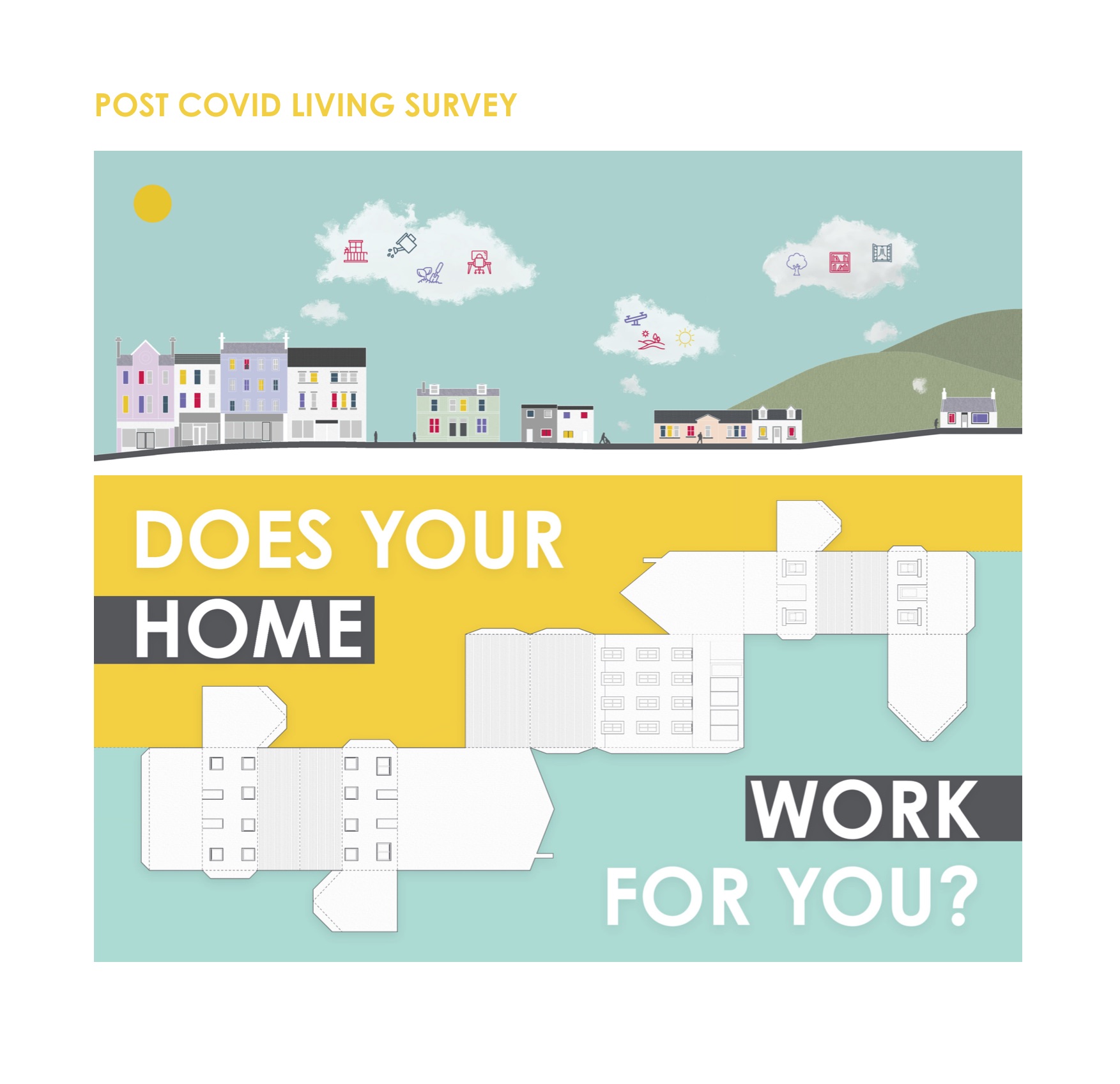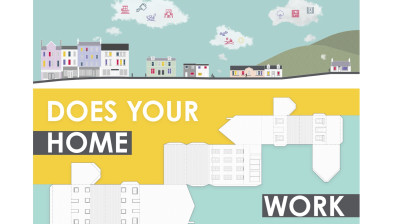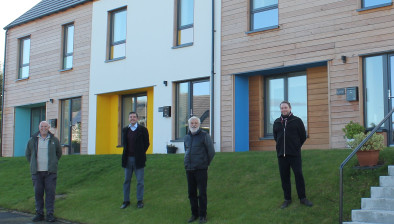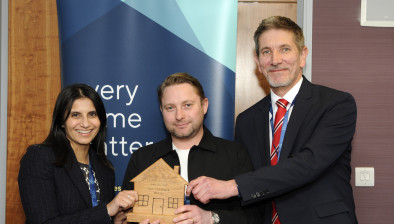Dumfries and Galloway Small Communities Housing Trust launches post-COVID project with new survey
Dumfries and Galloway Small Communities Housing Trust (DGSCHT) has launched a survey to assess the manner in which the lives of people across the South of Scotland during the pandemic have been impacted upon by their homes and living environments.

Image credit - DGSCHT
Hoping to secure as broad and diverse a range of responses as possible, DGSCHT said the survey is the first phase of its ‘A Model for Post-Covid Living’ project, funded by the National Lottery’s Emerging Futures Fund.
DGSCHT provides support around the planning, development and delivery of community-led housing in Southern Scotland. It is currently working with fifteen community organisations, both rural and urban. Current project work is inclusive of Scotland’s first community-owned passive homes in Closeburn, the redevelopment of Langholm Police Station, Wigtown Bank and The Grapes Hotel, Whithorn as affordable homes and landmark community-led regeneration in Midsteeple Quarter, Dumfries.
A significant element of DGSCHT’s work is oriented towards helping to deliver projects that benefit from the Scottish Government’s Rural Housing Fund. In undertaking the National Lottery funded project, DGSCHT will continue an ongoing partnership with John Gilbert Architects, with Nadia Malekian joining DGSCHT on PT secondment for a period of six months.
‘A Model for Post-Covid Living’ will consider the manner in which societal impacts around the pandemic have influenced housing and related space, working towards a house type that can address these impacts through design and aligns to the parameters of affordable, community-led housing.
The purpose of the survey is to consider the experience of individuals relative to living in their homes across the duration of the pandemic, particularly from the perspective of spending more time within the living environment and considering specific aspects such as working from home or outside space. DGSCHT wants to know what has changed for people and what could be improved upon, prospectively through design.
Following on from the survey, the next phase of project delivery will involve undertaking a range of workshops with the community organisations with whom DGSCHT is already working. This work will seek to build upon the individual responses gathered through the survey, to gather community-led perspectives from groups who are all at various stages of planning or delivering housing projects. The project will also engage a range of key partners and stakeholders, including Community Land Scotland and, in particular, South of Scotland Enterprise.
Mike Staples, chief executive at DGSCHT, said: “All aspects of our work and planning as an organisation are now being influenced by the impacts of the pandemic. We know that community-led response has demonstrated incredible strength over the course of this year. As well as appraising impacts, we want to use this project to develop a practical, deliverable response, within the context of community-led housing in Southern Scotland.
“We’re delighted to welcome Nadia into the team for the next six months and are really looking forward to seeing the project develop. With regards to the survey, the greater, more diverse the response we can achieve from communities across the South of Scotland, the more informed we can be in the development of the project. We’d appreciate it being shared as widely as possible!”
Nadia Malekian, on secondment to DGSCHT from John Gilbert Architects, said: “I am delighted to be working with DGSCHT on the Post Covid Living Project, to develop new housing models in response to the housing challenges brought to light by the pandemic. Over the past six months, we have all spent a lot more time in our homes, and we believe that this project will be pivotal in our understanding of the link between housing and wellbeing.”
The survey is available here.









